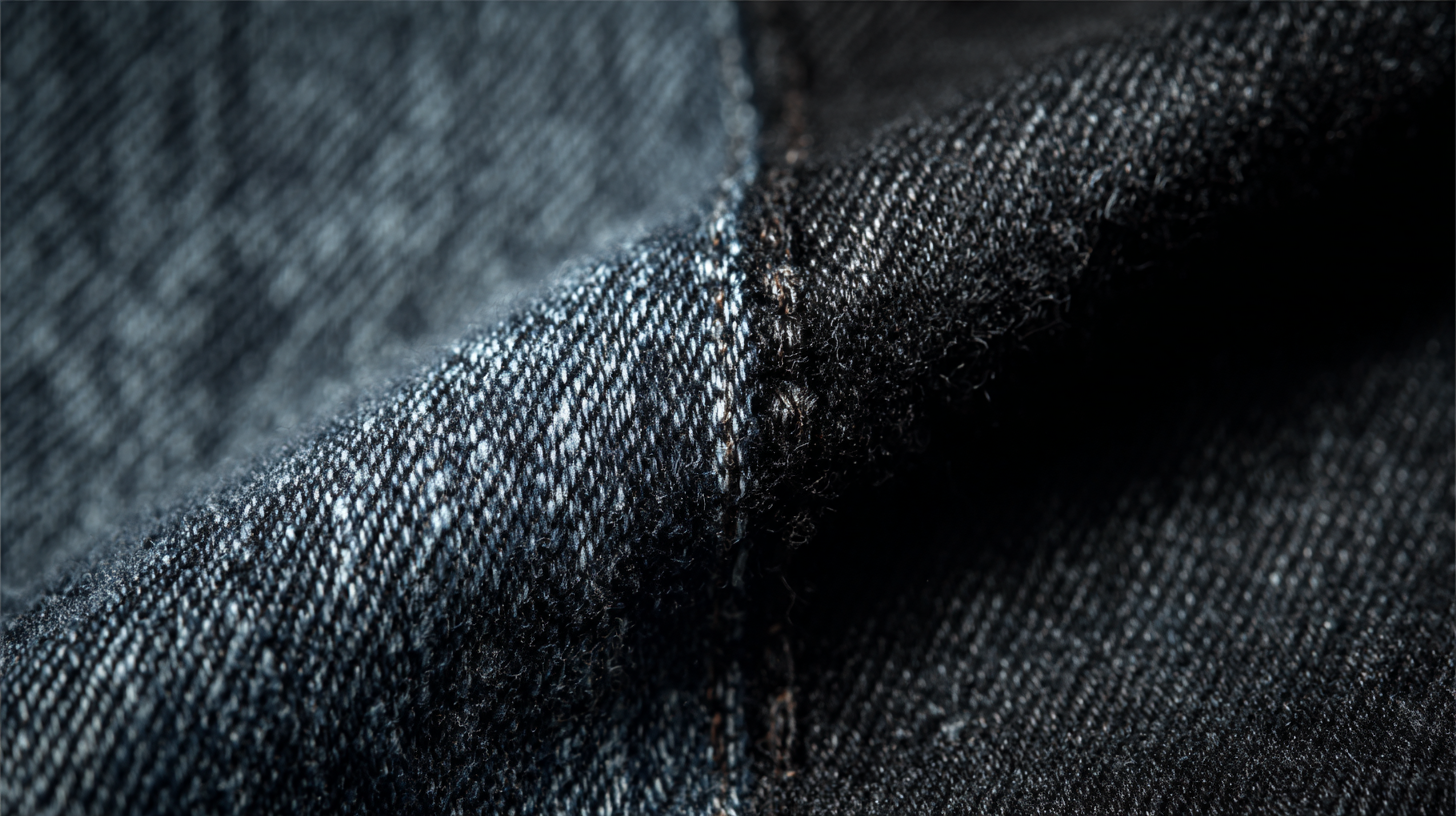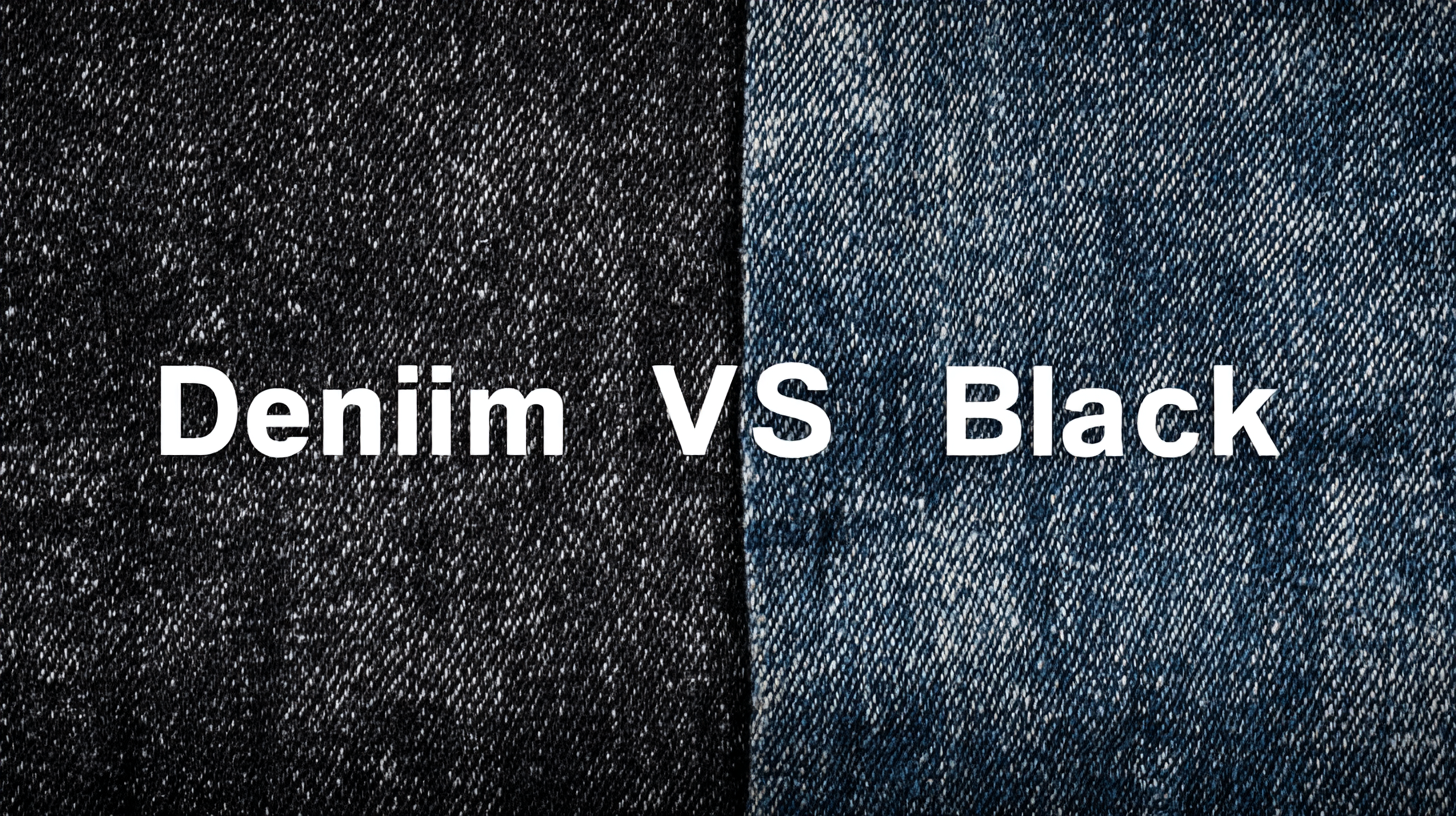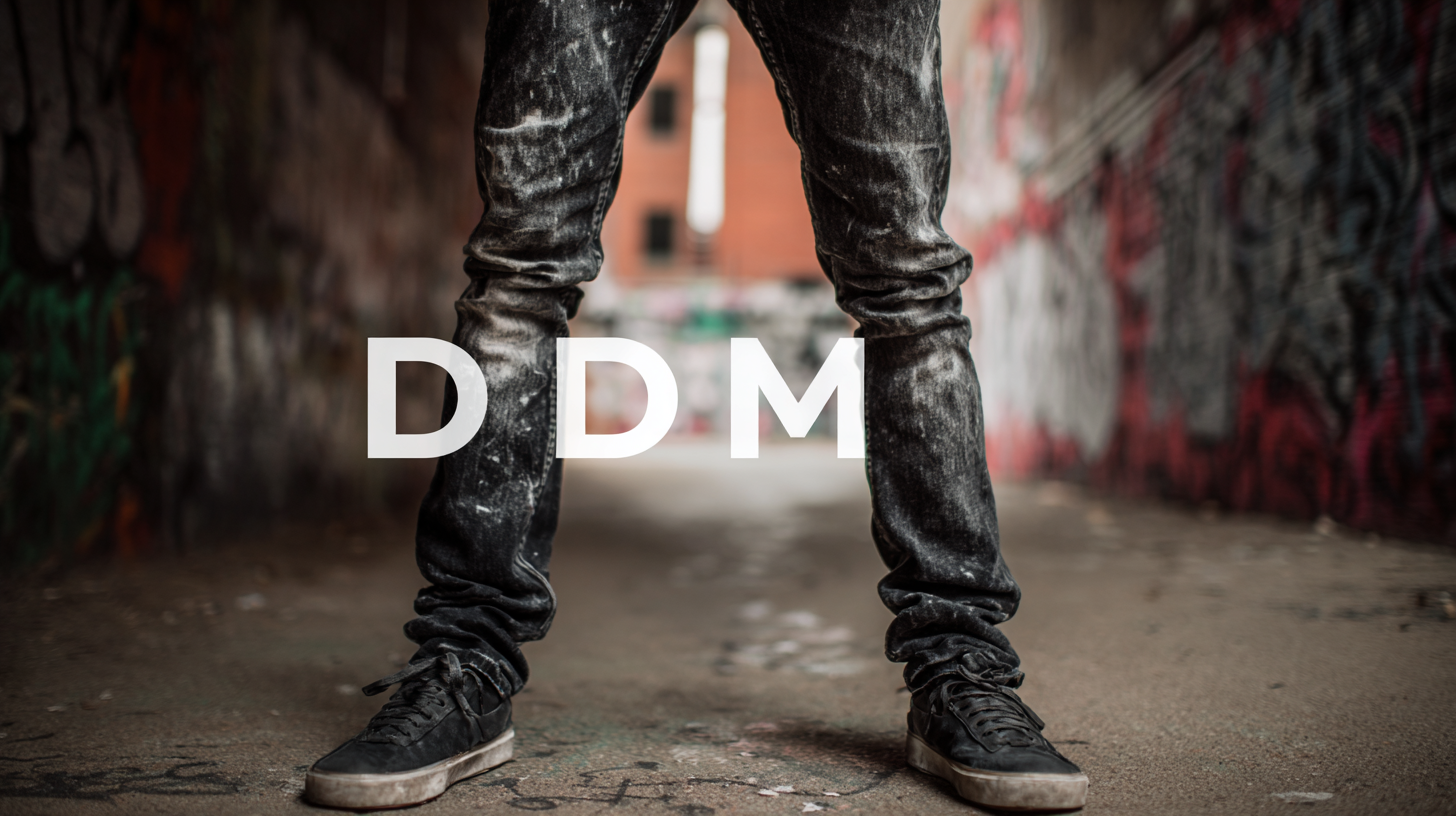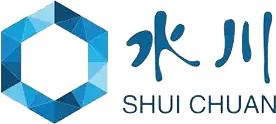In the world of fashion, the quest for the ultimate Denim Dye Black options has become a focal point for brands and consumers alike. According to a recent report by Textile World, the global denim market is projected to reach $76 billion by 2025, with dyeing technology playing a pivotal role in quality and consumer preference. The choice of denim dye not only affects the fabric's aesthetics but also its sustainability, as environmentally conscious brands prioritize less harmful dyeing processes.

As we explore various Denim Dye Black options, understanding their differences in longevity, colorfastness, and eco-friendliness is crucial for makers and wearers striving for both style and sustainability. With numerous products claiming superiority, this comparison will help fashion enthusiasts and industry professionals make informed decisions about which denim dye truly reigns supreme in today’s market.
The dyeing process of denim has undergone significant transformations since its inception. Initially, indigo dye was the primary choice for denim manufacturers, rooted in its rich history that dates back to ancient times. The use of natural indigo was not only labor-intensive but also inconsistent, leading to variability in color and quality.
However, the introduction of synthetic indigo in the mid-20th century revolutionized the industry, offering a more reliable and vibrant alternative. According to a 2021 report by the International Journal of Fashion Design, Technology and Education, the global market for synthetic dyes is projected to reach $9.47 billion by 2028, highlighting the growing demand for advanced dyeing technologies.
In recent years, sustainability has become a crucial factor in denim dyeing practices. Innovative techniques such as foam dyeing and digital printing have emerged, drastically reducing water and chemical usage. A study by the Sustainable Apparel Coalition noted that traditional dyeing processes can consume up to 50 gallons of water per pair of jeans, prompting manufacturers to seek eco-friendly alternatives. As the industry evolves, brands are now more focused on transparency and the environmental impact of their dyeing processes, signaling a shift towards a more sustainable future for denim production.
When it comes to achieving the perfect shade of black denim, understanding the various types of dyes available is crucial. The two primary categories of black denim dyes are reactive dyes and pigment dyes. According to a report by the Textile Coloration and Finishing Association, reactive dyes, known for their vibrant colors and excellent wash fastness, remain a top choice among manufacturers aiming for long-lasting results. These dyes chemically bond with the fabric, ensuring a deeper penetration and richer hue that can withstand multiple washes without fading.
On the other hand, pigment dyes are often favored for their cost-effectiveness and ease of application. A study by the International Journal of Clothing Science and Technology highlights that while pigment dyed fabrics generally offer a softer hand feel, they may not provide the same level of color richness and durability as reactive dyes. As consumers increasingly prioritize sustainability, eco-friendly pigment options are gaining traction, with market analysts projecting a growth rate of 5.6% in this sector over the next five years. Understanding these differences not only aids in selecting the best dye for specific projects but also aligns with the growing trend of informed consumer choices in the denim market.
When selecting a black denim dye, several critical factors come into play to ensure both quality and longevity. One of the primary considerations is the dye's composition. According to a report from the Global Textile Chemicals Market, reactive and pigment dyes are preferred for denim applications due to their rich color depth and wash-fastness.
 Reactive dyes, in particular, bond chemically with the fabric, which allows them to retain their vibrancy even after multiple washes. This is crucial for denim wearers seeking durability and consistent color retention.
Reactive dyes, in particular, bond chemically with the fabric, which allows them to retain their vibrancy even after multiple washes. This is crucial for denim wearers seeking durability and consistent color retention.
Additionally, the ease of application should not be overlooked. Many consumer reports indicate that ease of use can greatly influence a dyer's choice. Dyes that offer straightforward instructions and require minimal additional chemicals tend to receive higher satisfaction ratings. For instance, a survey conducted by the National Association of Dyer and Cleaners revealed that over 70% of respondents favored products that could be used in standard home washing machines, underscoring the importance of convenience in the decision-making process. As consumers increasingly value sustainable practices, opting for environmentally friendly dye options can also enhance a brand's appeal, aligning with the findings in the 2021 Sustainable Fashion Report, which highlights the growing consumer demand for eco-conscious products.
When it comes to achieving that perfect black denim look, the choice of dye can make all the difference. The market is flooded with various brands, each boasting unique formulations that promise vibrant, long-lasting results. Among the top contenders, brands like Rit, Dylon, and iDye are often highlighted for their exceptional quality and ease of use. Rit dye, for instance, is favored for its versatility and ability to deliver an intense, deep black color, suitable for both natural and synthetic fabrics. Its ease of application makes it a favorite among DIY enthusiasts looking to refresh their denim.
Dylon, on the other hand, offers a more tailored experience for those seeking a specific hue of black. Their range of cold dye options allows for a gentler, more controlled dyeing process, ideal for achieving various shades and finishes. Moreover, Dylon's eco-friendly stance appeals to environmentally conscious consumers, making it a popular choice. Meanwhile, iDye excels in providing bold colors and is great for those who want a fast and effective dyeing solution. Its easy-to-follow instructions make it approachable for beginners, while still delivering professional results. Each brand brings something unique to the table, ensuring that there’s a perfect option for every denim dyeing project.

When it comes to dyeing denim, both DIY and professional options have their merits, and the choice often depends on the desired outcome and personal preferences. DIY denim dyeing can be an exciting creative outlet. With a plethora of at-home dye kits now available, individuals can experiment with colors and styles, breathing new life into old jeans. This DIY approach not only saves money but also allows for customization, from vibrant hues to subtle shades. However, it does require a certain level of skill and patience, and the results can sometimes be unpredictable.
On the other hand, professional dyeing services offer a level of expertise that can ensure a high-quality finish. Professionals have access to specialized dyes and techniques that may not be available to the average consumer, which can result in a more uniform and lasting color. While opting for professional services can be more expensive than a DIY project, it's often worth it for those seeking a flawless look or a specific color match. Ultimately, whether choosing the DIY route or seeking out a professional, the journey of dyeing denim is an opportunity to express individuality and make a statement with style.
| Dyeing Method | Pros | Cons | Color Fastness | Cost Estimate |
|---|---|---|---|---|
| DIY Fabric Dye | Cost-effective, fun, accessible for beginners | Varied results, requires more time, potential mess | Medium | $10 - $30 |
| Professional Dyeing Service | Expert results, uniform appearance, saves time | Higher cost, less control over the process | High | $50 - $150 |
| Natural Dyeing | Eco-friendly, unique color results | Less predictable colors, may take longer | Variable | $20 - $100 |
| Synthetic Dyeing | Vibrant colors, consistent results | Chemical concerns, requires proper handling | Very High | $15 - $75 |
